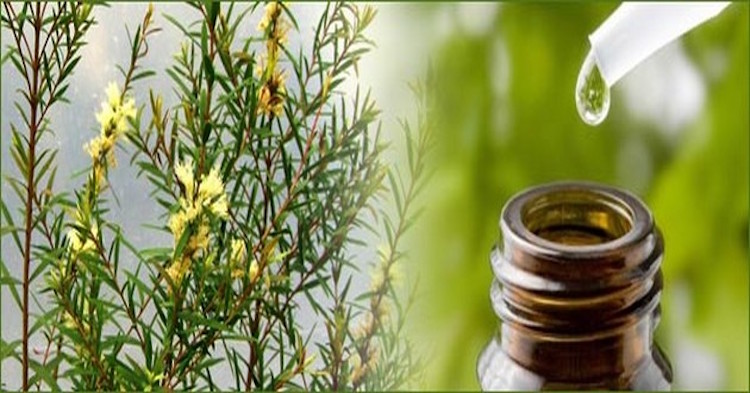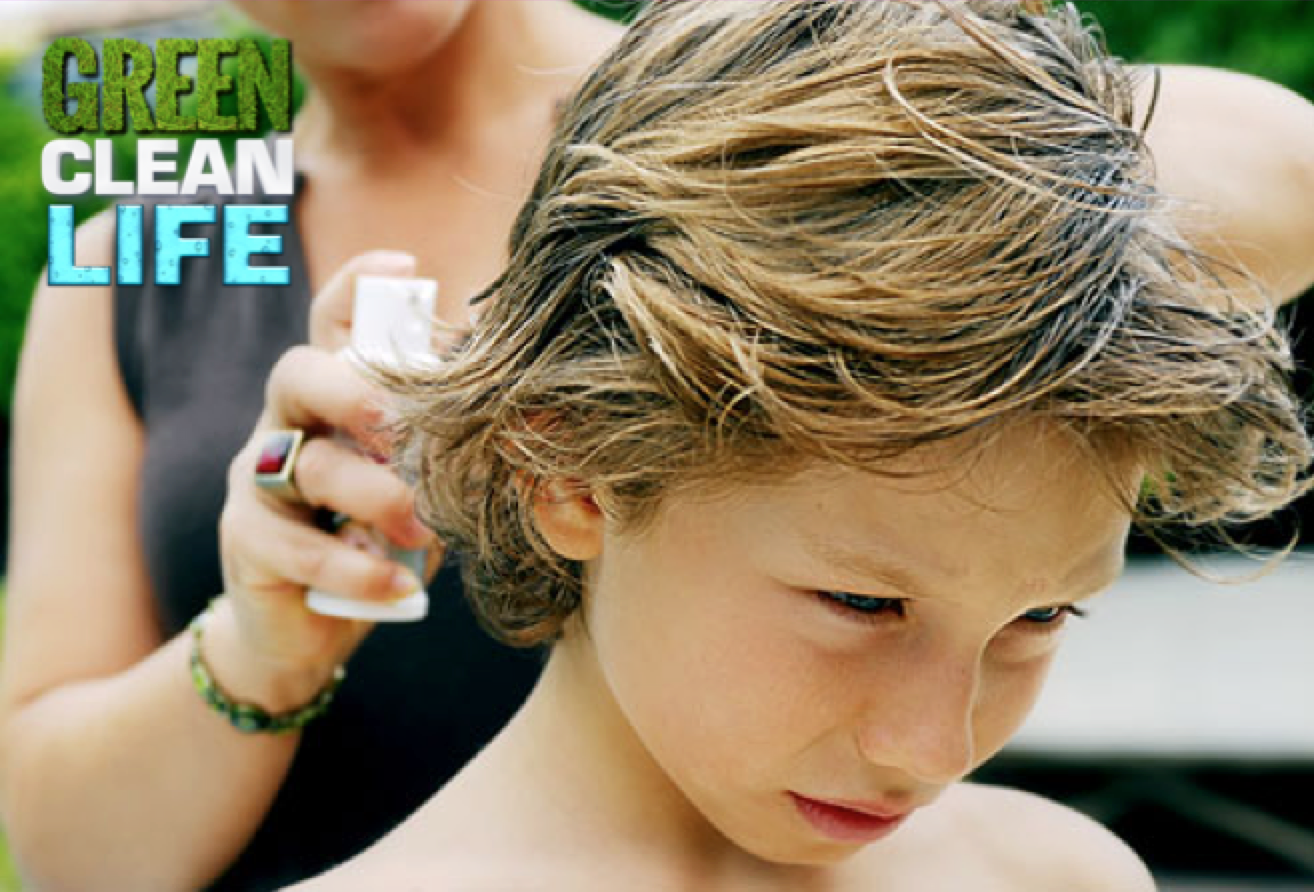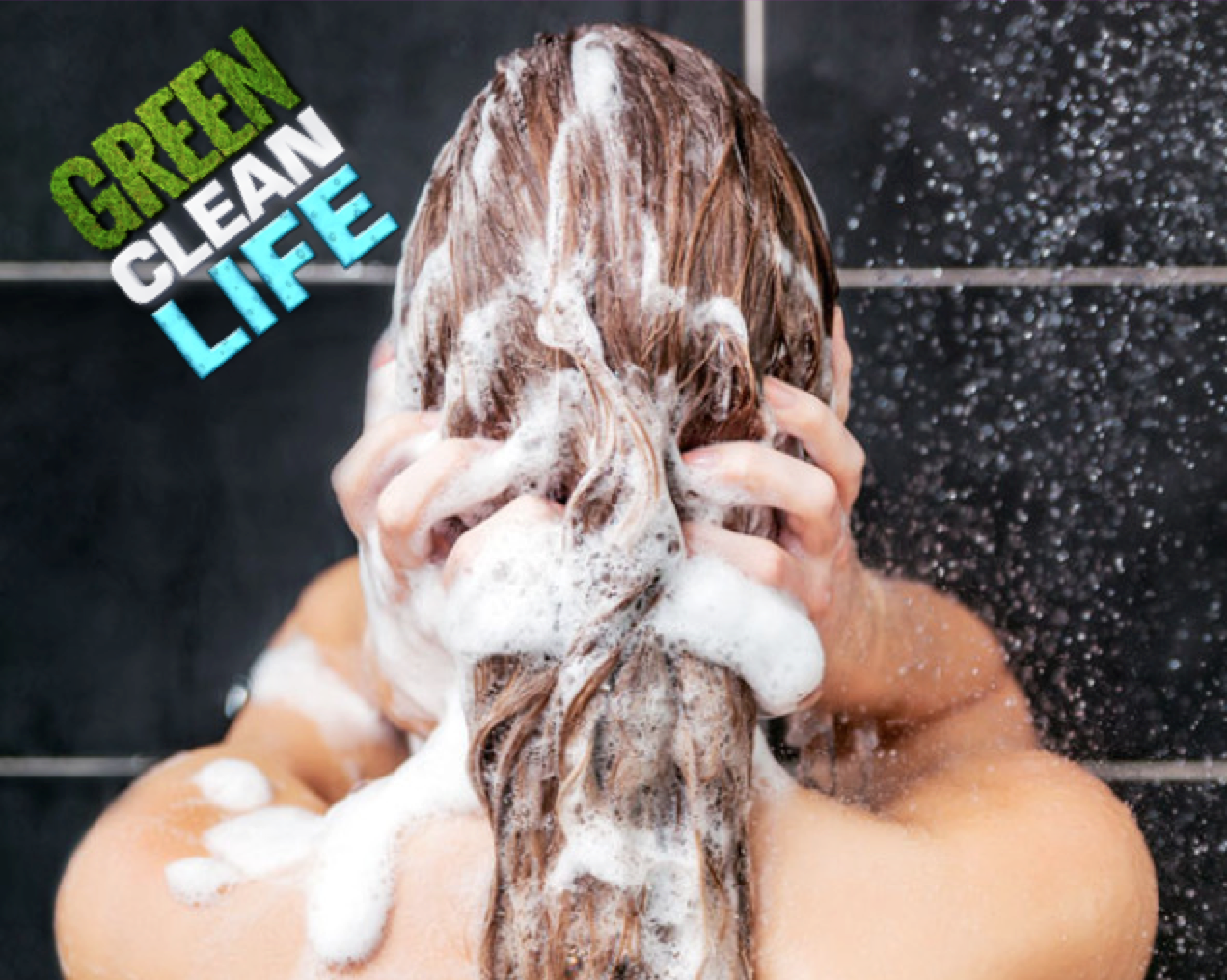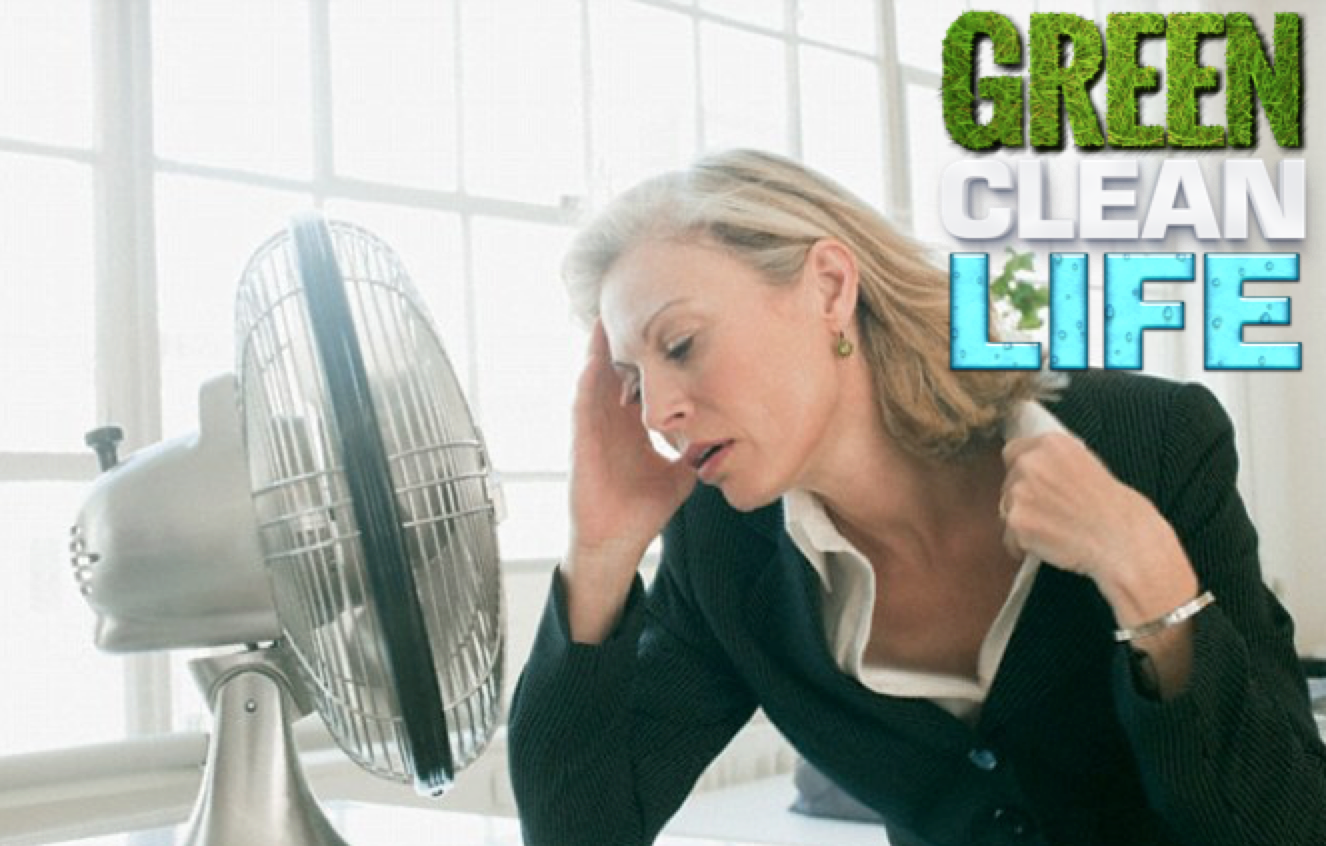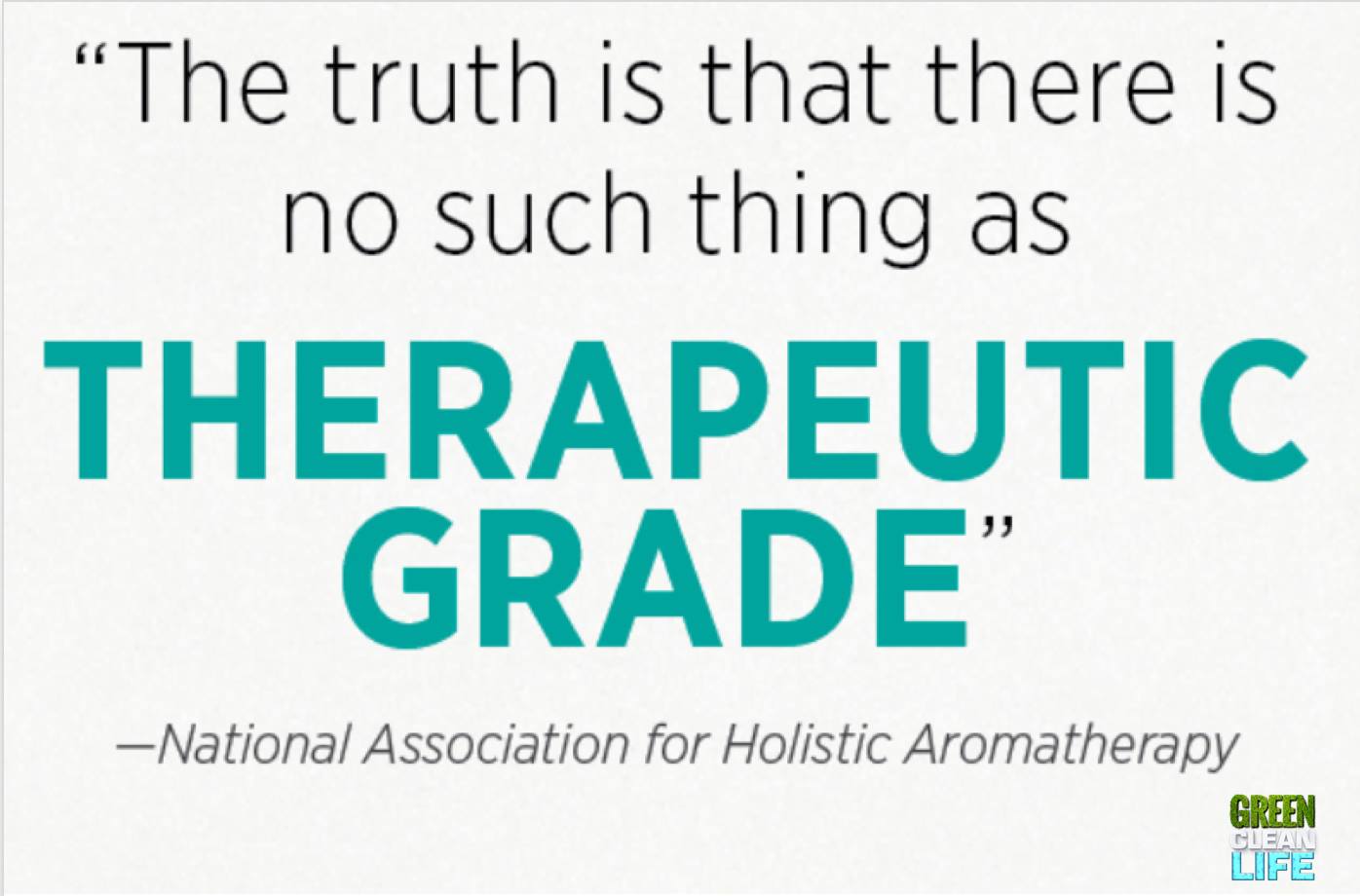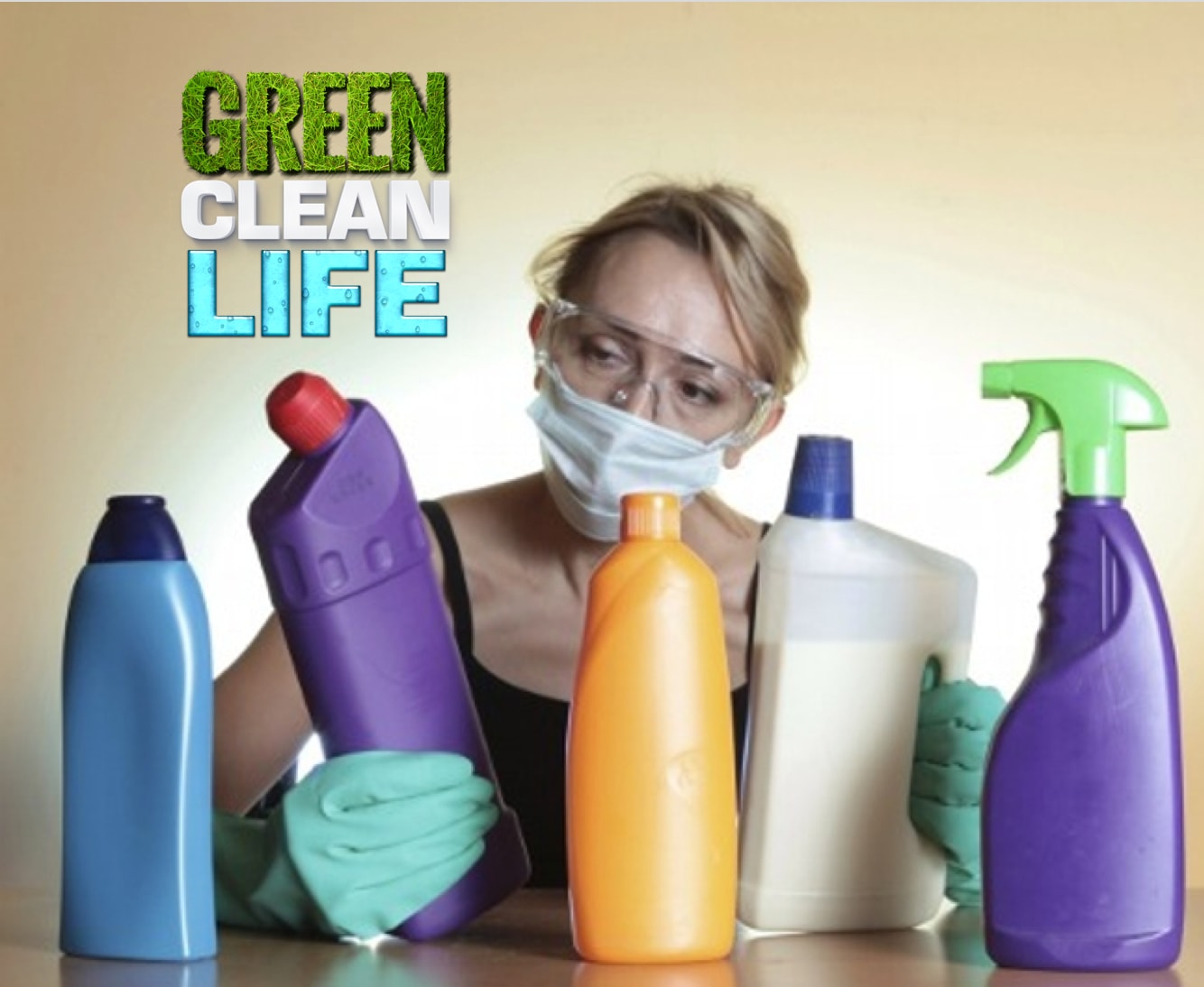A lot of the focus on the FDA lately has been about what is going into our food, but people are failing to see just how bad things have really become. If the regulation of consumable products has been lackluster, then the attention given to shampoos and soaps is virtually non-existent. Thousands of chemicals fill products that we use and absorb into our bodies every time we shower or even wash our hands! With no pre-product approval, it is impossible to tell just what chemicals we are exposed to, but here are nine that you certainly need to avoid!
Parabens: This nasty concoction has been used for quite some time under the guise of a necessary ingredient due to its ability to prevent the growth of bacteria, mold and yeast. However, it also contains estrogen-like properties that have shown correlation to the increased risk of contracting breast cancer and are commonly found in shampoos, washes, deodorant, etc.
Synthetic Colors: Watch out for ingredients like D&C Red 27 and FD&C blue 1. After all they are derived from things like petroleum and coal tar. It isn’t very surprising that it is suspected to be a carcinogen and skin irritant, but it is shockingly linked to ADHD in children!
Fragrance: Here is where this tour starts to truly get scary. Fragrance was originally a term used to protect a company’s secret formula, but in this day and age, at least the FDA should know what is making your shampoo smell. We know the identities of many chemicals that create mood-calming/refreshing scents, but if they don’t even have to list their “secret blend” on the bottle, how can we even know it is dangerous or not!
Phthalates: We commonly see phthalates in the form of dibutyl phthalate, diethyl phthalate and dimethyl phthalate in many hair care products, lotions, and perfumes. These compounds have a lot of evidence showing they increase the risk of breast cancer, early breast development in girls, and even reproductive birth defects in men and women.
Triclosan: Get ready to visit yet another endocrine disruptor, except this one targets your thyroid as well as your reproductive hormones. Research is showing that excessive exposure leads to antibiotic-resistant bacteria. What makes it worse? The fact that most research shows it kills no more bacteria than natural hand-soap.
Sodium lauryl sulfate/Sodium laureth sulfate: These nasty chemicals can be found in pretty much any that foams up. It is a known skin, lung, and eye irritant, but a far larger concern is that SLS creates nitrosamines when combined with the wrong chemicals. This leads to all sorts of issues, but the kidneys and respiratory system take the hardest hit. Watch out for this ingredient in shampoo, body wash, mascare and acne creams.
Formaldehyde: A liquid that immediately makes us think of CSI and dead corpses, this embalming fluid is often found in products as a preservative, but it isn’t meant for the living. It was already deemed a carcinogen by The International Agency for Research on Carcinogens and it can have a harsh impact on your immune system. Common products containing this ingredient are nail polish, conditioners, washes, cleansers, nail polish treatments, shampoos, eye shadows, and the list goes on.
Toluene: Another petrochemical that comes from petroleum or coal, you will often find it in phenylmethane, benzene, toluol, methylbenzene. Seeing as this chemical is normally used as a paint thinner, you can imagine what it does to your skin and lungs. While the fumes are harmful to people of all ages, expecting mothers should especially beward since toluene is directly related to developmental damage in the fetus. To add to the fire, it can harm your immune system as well. Be careful when selecting items like nail polish, hair bleaching products, and nail treatment.
Propylene glycol: We see this in most things we rub into our skin or spray onto ourselves, but there is only so much we can take. When making your purchase, make sure the propylene glycol levels are below 2%. Anything higher is already at risk for causing dermatitis and hives, so it is best to avoid it altogether.
While we use most of the products mentioned in this blog on a daily basis, we aren’t as doomed as it may seem. It is true that most of the well-known brands are chalked-full of nasty chemical combos that will demolish your system, but keep in mind there is a natural alternative to every one of these items listed. Whether you learn from us our take your own path, just know that when it comes to household products and personal care items, it is better to be able to read the ingredient list without a PHD in chemistry!

